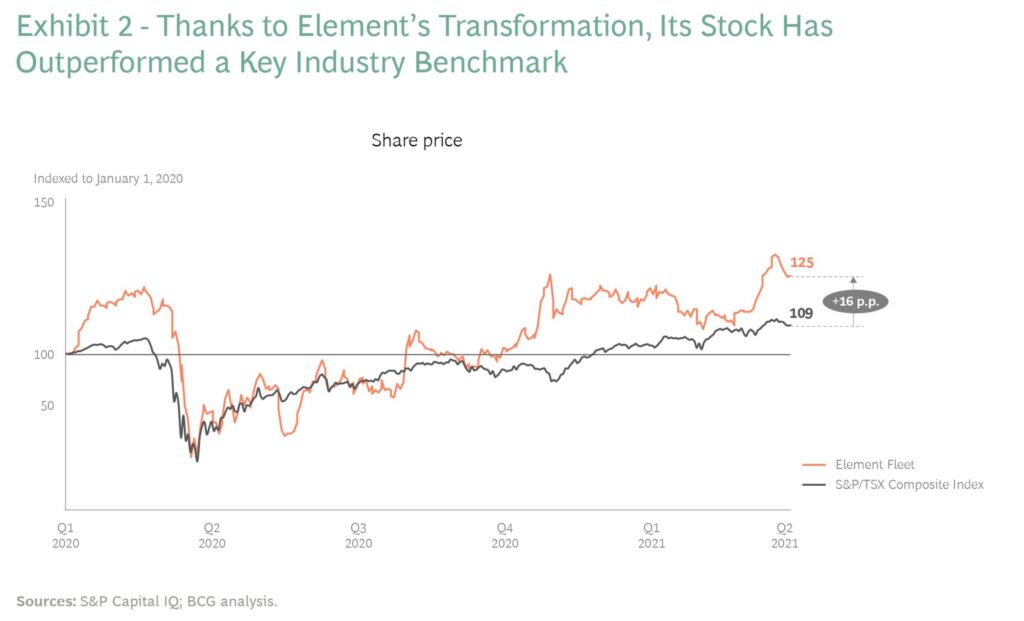How Pandora, the jewelry retailer, managed to “win” during the pandemic.

Assessing Pandora’s use of digital technology to drive business success during the pandemic.
When thinking about companies that have used digital technology to “win” during the pandemic, there are several different cases to consider. The case of tech companies can be looked at in two ways: You have the tech companies that experienced success by virtue of more people using their existing services, and there are other tech companies who spotted an opportunity during the pandemic, and managed to launch a new product.
I think it is useful to look at a non-tech company because their business models are not as reliant on having a dominant online presence, and thus provide an interesting case study. It is likely that any non-tech “pandemic winner” used digital technology in a very effective way to end up where they have now. One such example is the Danish jewelry retailer Pandora.
Background
Pandora became one of the biggest jewelry retailer brands in the world, thanks in part to their rapid growth throughout much of the 2010s. By 2016, sales were $3 billion, and out of the 2,700 stores, Pandora owned 1,400 of them. However, their growth slowed and sales even began to decline 4% in 2019. The management team managed to get ahead of this decline and in 2018 they introduced a two-year transformation plan. Their plan came down to hugely reducing costs, digitizing the brand experience, and building a multi channel experience. As with all of retail, the pandemic was very damaging to Pandora and it forced the company to accelerate its transformation. Management committed itself to their plan (and perhaps sticking to a transformation plan is the best thing a company can do during a pandemic) the pandemic was seen as an opportunity to spur future performance and the company made even more effort into expanding its digital footprint.
Use of digital technology and value creation
Pandora opened a digital unit in Copenhagen and they employed around 100 software engineers. Their broader goal was to boost digital presence and speed up the transition to e-commerce.
New digital products that were introduced by Pandora not only facilitated shopping experience, but it also considered the effects of the pandemic. For example, they introduced a video chat so that socially distanced customers could chat online with staff members and receive advice; virtual queueing was introduced so that customers didn’t have to wait outside, when stores were reopen, and could scan a QR code and get a specific time slot. Other new digital features included virtual try-on simulation, remote shopping assistant, and new distribution channels that allowed customers to buy products online and collect (or return them) at physical stores. The remote shopping assistant played a vital role in their transformation and is perhaps the underlying reason that made them a winner during the pandemic: Pandora wanted to recreate their traditional customer experience online for which it needed to keep its sales staff. However, the sales staff were working from home and so the remote shopping assistants were key in helping Pandora’s staff assist customers during their online shopping.
This increased digital presence also benefited Pandora in other business areas. They were able to have a more effective marketing strategy and Pandora increased their media spend and launched personalized email campaigns.
The focus on growing e-commerce delivered results very quickly. In 2020, the online sales were higher than in-store sales for the first time in company’s history. Other non-digital parts of the transformation were also a huge success. Below is the stock price of Pandora over the course of the pandemic:

Pandora is continuing to invest in digital areas such as data science and advanced analytics.
Blog summary
To summarize, I believe Pandora was a “winner” during the pandemic because they were able to go from having negligible online presence to a significant one during one of the most turbulent times in recent history. The timeline for their transformation was strongly disrupted by the pandemic and they were forced to hugely accelerate this transformation without having any experience with in-house engineering. Pandora’s digital products presented their own primary value, but they also had secondary benefits such as support of the sales staff and had pandemic-conscious features. These digital implementations will allow Pandora to increase sales and convert more of their website visitors.



Super interesting. I’m impressed by the fact that they were building these tools early, pre-pandemic, as it seems that this transition may have been too technically difficult to roll-out if they had only begun these investments in 2020. I’m also extremely impressed at how big of an impact it had on their business, with e-comm sales overtaking retail, given that jewelry is such a in-person, retail-oriented consumer purchase. I will be curious to see if these trends continue, or if shoppers revert back to retail purchases as in-person experiences resume.
Building on Alex’s question, I also wonder how Pandora might leverage these online shopping experiences to reach more rural and remote markets where they do not already have a physical presence such as combining augmented reality technology with their “virtual try-on simulation” or to help with sizing items.
Thanks for sharing, Alan. As much as we’ll focus on disruptive tech in this class, it is good to remember that many businesses reckon with the hardship of simply converting sales online from their in-store experiences. Shopping for jewelry can be an incredibly personal experience but find it interesting that Pandora adopted online experiences later in comparison to other competitors. Did they wait to deploy online due to assumptions about their target consumer? How will this affect the industry norm of online versus in-person experiences? I think about Pandora’s seemingly conservative approach to online shopping versus Mejuri and the market share they have captured simply from online and social media advertising. Is Pandora rethinking any new customer experience options as a result of the pandemic? What is their ROI when they integrate these additional touch points with customers?